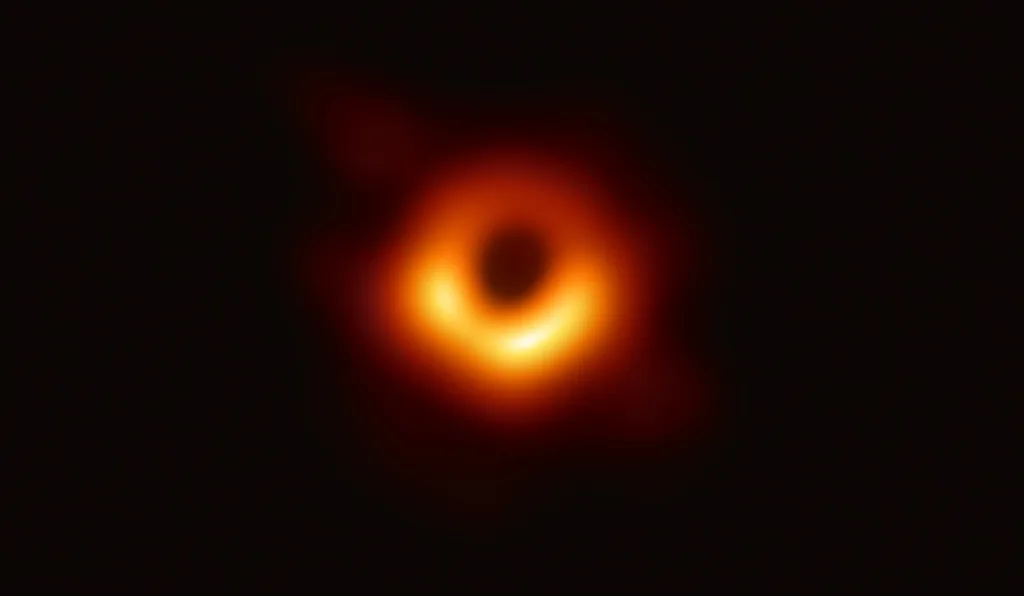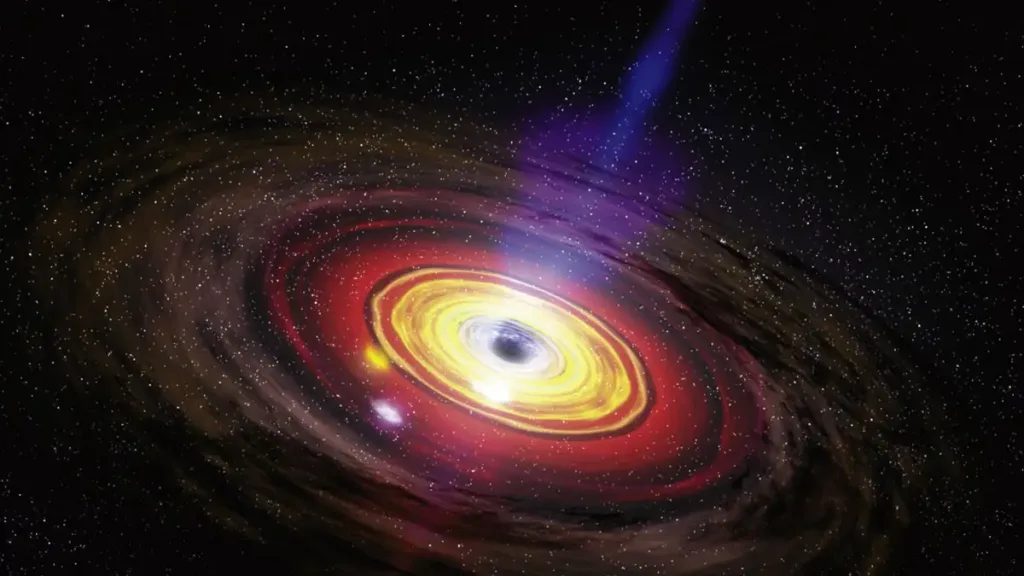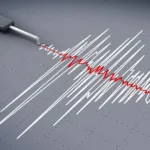Unveiling the Secrets of a Spinning Monster: M87’s Black Hole
Capturing the First Black Hole Image
In 2019, the scientific community achieved a monumental feat – capturing the first image of a black hole. To accomplish this extraordinary task, researchers essentially created a telescope as colossal as the Earth itself by combining data from observatories around the world. The captivating image of the black hole at the center of the galaxy Messier 87 (M87) made headlines worldwide.

Unlocking More Secrets
Fast forward to today, and that same supermassive black hole in M87 has yielded more of its enigmatic secrets. Extensive analysis of 22 years’ worth of observations of M87’s core has confirmed a crucial aspect – this black hole is spinning.
The Quest to Confirm Spin
Astrophysicist and co-author Kazuhiro Hada from the National Astronomical Observatory of Japan explained, “After the success of black hole imaging in this galaxy with the Event Horizon Telescope, whether this black hole is spinning or not has been a central concern among scientists.” Now, that concern has turned into certainty. The M87 black hole is indeed in motion.
The Remarkable Observation
To unravel this cosmic mystery, a global network of over 20 telescopes meticulously analyzed 170 observations of M87 spanning from 2000 to 2022. Unfortunately, the intense gravitational pull of black holes keeps everything within their event horizon hidden, even light itself. However, scientists were able to track something fascinating – the black hole’s massive jet, extending an astonishing 4,900 light-years across space and seemingly moving at nearly five times the speed of light due to an optical illusion called superluminal motion.
The Jet’s Role in the Discovery

This colossal jet, first glimpsed by astronomer Heber Curtis in 1918, has been the focus of much scientific intrigue. While its exact origins remain a mystery, it is believed that radiation and particles are channeled along the black hole’s magnetic field lines to create this powerful phenomenon. What’s crucial for this discovery is that the researchers observed the black hole altering the angle of its jet by approximately 10 degrees before returning to its original position. This cycle repeated roughly every 11 years.
The Key to Confirmation: Jet Tilt
From this periodic shift in the jet’s tilt, researchers deduced the presence of a spinning black hole. Rotating black holes induces a phenomenon called frame-dragging, which causes the accretion disk and the jet to tilt or lean to the side.
Astrophysicist and co-author Cui Yuzhu emphasized the significance of their work, stating, “Since the misalignment between the black hole and the disk is relatively small and the precession period is around 11 years, accumulating high-resolution data tracing M87’s structure over two decades and thorough analysis are essential to obtain this achievement.”
M87: A Special Neighbor in Space
M87 is of particular interest because it’s a mere 54 million light-years away, relatively close compared to other galaxies. Its allure has fascinated astronomers since its discovery in 1781 by Charles Messier, who subsequently gave it his name – Messier 87 or M87.
Why Do Black Holes Spin So Rapidly?
Most black holes are believed to spin at nearly the speed of light, as has been observed in other galaxies. The reason for this rapid rotation lies in the conservation of angular momentum. When matter collapses into a singularity or a black hole, it becomes incredibly dense, occupying very little volume. However, it retains the angular momentum it had when it was part of a spinning star. Just as an ice-skater spins faster when pulling in their arms, this compression accelerates the rotational speed, leading to the swift spins observed in these cosmic giants.
In summary, the confirmation of the spinning black hole at the heart of Messier 87 marks another significant step in our understanding of these mysterious cosmic entities, bringing us closer to unraveling the secrets of the universe.
Also Read: NASA Discovers Potential Life Clue On Jupiter’s Moon






